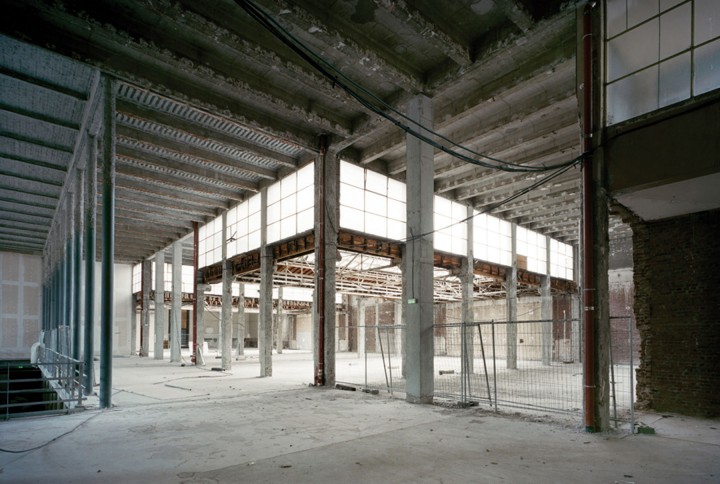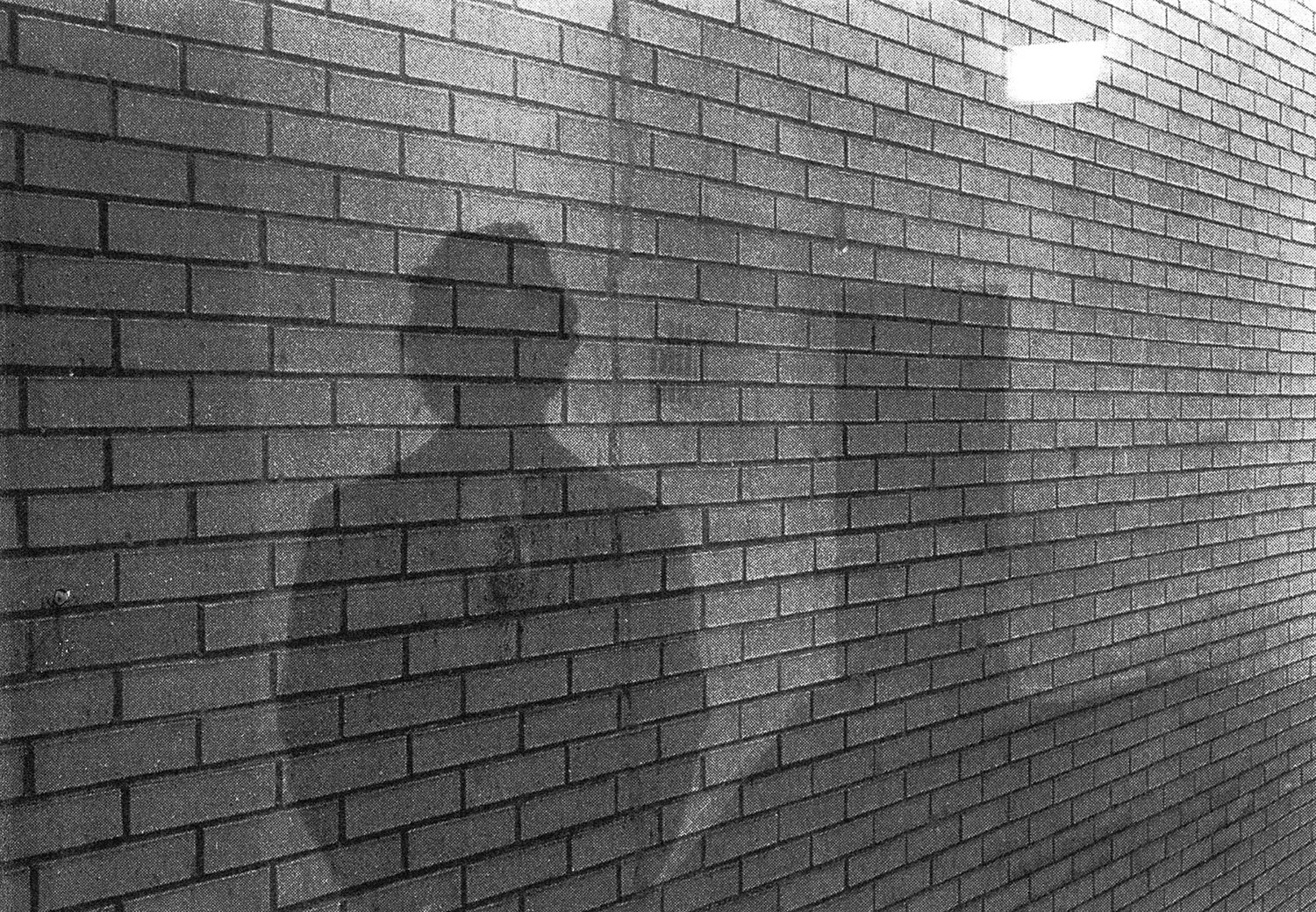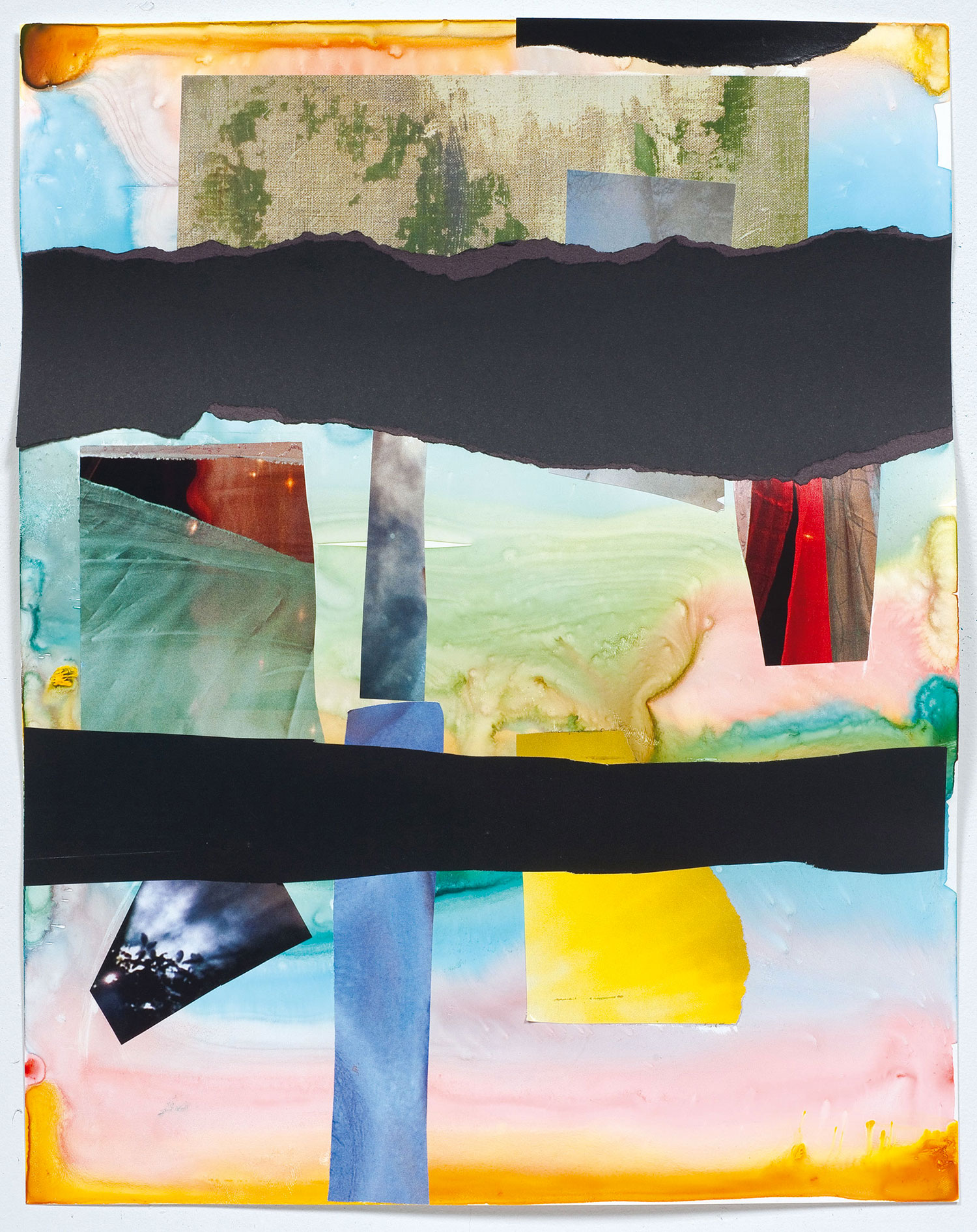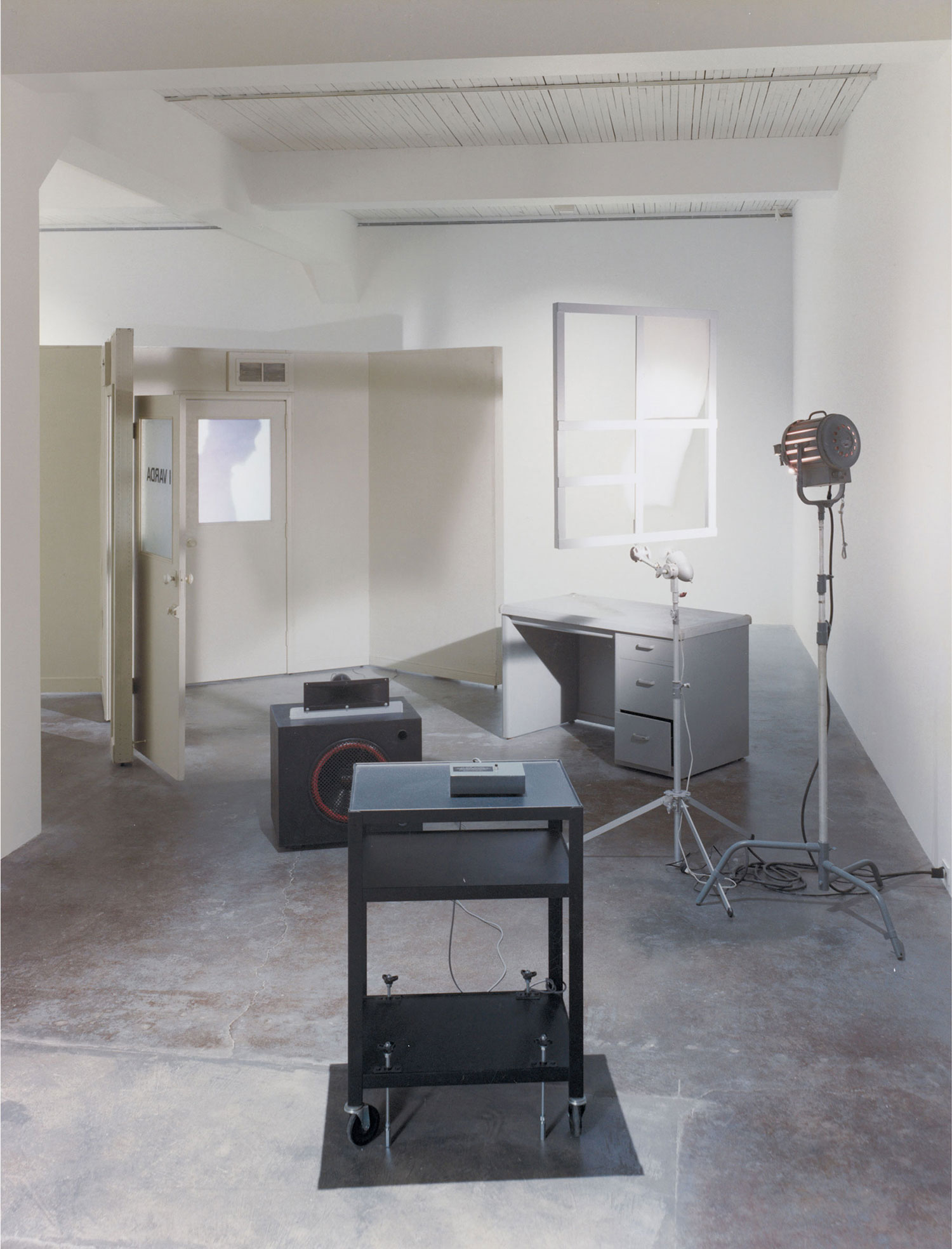
On the occasion of the reopening of the Palais de Tokyo, Paris on April 12, Gea Politi speaks to President Jean de Loisy.
Gea Politi: You come from a more established background, having worked in public institutions in the past. How is it embarking on this new adventure with Palais de Tokyo?
Jean de Loisy: Well, I’ve mostly been a freelance curator, even if I worked with institutions like Centre Pompidou. Part of my life has always been in the artist’s studio where I go to explore, visit and discover. In that way nothing has changed. What has changed is the possibility of transforming an exhibition program, or inventing new attitudes, or expanding the way we do exhibitions — which is my goal here. I’m trying to find new ways to define what is an exhibition.
GP: Whose idea was it to expand the Palais de Tokyo?
JdL: Well, it’s a dream that Nicolas Bourriaud and Jerome Sans had from the beginning. A fantastic part of the Palais has been hidden since they closed the Musée National d’Art Moderne that became the Centre Pompidou in 1977. I think that all the culture ministers had this idea, and it has been possible because we found an architect who managed to do this development for a very low fee. It was such a surprise, because we thought it would cost three or four times as much. So we said, “Just do it!”
GP: What is the hardest part of this new adventure?
JdL: There is nothing really hard. It’s all really exciting. We’re trying to finish the organization of the building in time, which will be so big, beautiful and poetic. For the last six months we have been preparing a new program that tries to be a bit different, more exploratory in nature, a new experience. It’s been only a pleasure, sincerely. The only bad I thought would be to raise money (we had to raise half our budget) but even this is quite exciting and we receive a lot of cooperation from the board.
GP: What will be the biggest change from past directors?
JdL: The biggest change is that we don’t consider only emerging artists, young artists; we consider the whole scene. We are always very influenced by the fact that at the beginning of the 20th century we were living with Picabia, Duchamp, Renoir and Degas. They had a strong effect on the following years. We can now look simultaneously at all the years, all the stars shining in this sky, whatever their age. We try to always be innovative, to work more, whatever their generation is: that’s what we are doing with Julio Le Parc for example, a very important kinetic artist who has not been shown in France for 40 years. So we tried to re-discover him.
GP: Tell us about the triennial exhibition curated by Okwui Enwezor. What can we expect from it?
JdL: We can expect a lot! It’s a very important exhibition for us. Okwui is dealing with political issues, and these matters are very important for us. In a time of crisis, the artist has the possibility of transforming our ways, of inventing or reinventing the system. Okwui presents this social responsibility of the artist with a very interesting subject, such as the influence of certain figures in the French school of anthropology in the ’50s that were rising up, like Lévi-Strauss. The artist now behaves like an anthropologist. They are exploring and analyzing what our society is and what our humanity is. The link between art and anthropology is stronger than ever.





